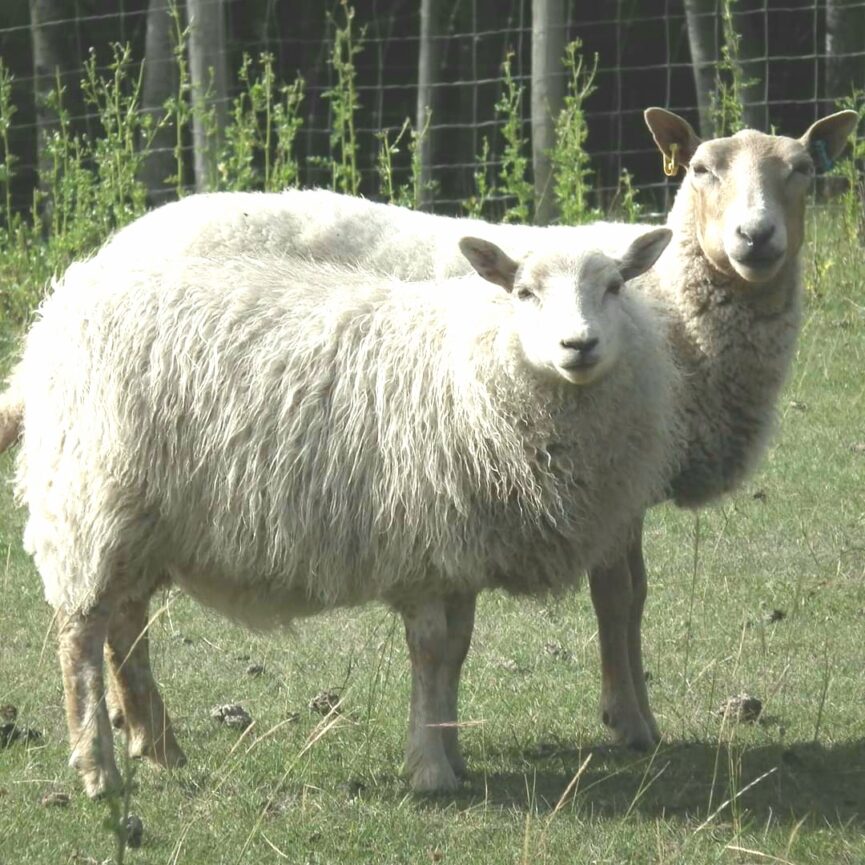Terry and Allyson McNish live in a grand “revitalized” 1902 farmhouse south of Strathclair Manitoba in the Rural Municipality of Oakview. They both work off farm and still find time to raise Angus-cross cattle, Berkshire pigs, sheep, alpacas, and chickens. The “Little Eden Farm” is comprised of a quarter section and is a labour of love for Terry and Allyson.
“We bought the farm in 2011 with a plan to convert the cultivated cropland to permanent forage/grass cover and grazing land,” said Terry. “The soil was stripped of nutrients and the wetlands were impacted, so we really wanted to bring some health back to the quarter.”
“Several years ago, Allyson and I were out for a drive, and we saw a conservation sign with Manitoba Habitat Conservancy’s (MHC) name on it,” said Terry. “I decided to follow up with MHC to see if some of our farm conservation plans would fit with their wildlife habitat protection programs.”
“Our conservation priorities for the farm were to plug the drains to restore wetlands and to get forage cover established within a rotational grazing system,” said Terry. “MHC was good at explaining different options within their programs. They wanted to make sure the programming would work for us today and into the future.”
“We progressed to signing a Conservation Agreement (CA) in 2020 to permanently protect 150 acres of habitat. This included 100.5 acres (40.7 ha) of forage/grassland habitat, 17.3 acres (7.0 ha) of woodland, and 32.2 acres (13 ha) of wetland habitat. Our pastureland management and wetland conservation ideas were very compatible with MHC’s wildlife habitat protection programs,” Terry relayed.
“The McNish Conservation Agreement (CA) was unique in that it was the first CA signed by MHC to keep the grasslands in permanent forage production,” said MHC area conservation specialist Roy Bullion. “In the past MHC would only approve grassland pastures under permanent grass cover (no cultivation). The McNish CA allows the option to renovate forage stands every 8 years as needed by seeding to a crop for 2 years and under seeding back to forages in the second year.”
“Manitoba Habitat Conservancy coordinated installing the earth plugs in drained sloughs to restore four wetlands late last fall,” said Terry. “MHC surveyed, designed and installed the plugs. It was timely as there was little spring runoff and the summer heat is drying everything up.”
“Overall, we felt the Conservation Agreement process worked out well,” Terry said. “The support from MHC made the whole process very easy. The funding we received from MHC helped us to do upgrades on the farm. The restored wetlands help hold water for our cattle and sheep, it helps our well, and we feel good about storing water to prevent downstream flooding problems. As we get older, we realize how much we enjoy seeing the ducks, geese, deer and moose. Our farm plans seemed to be on the same page as MHC’s habitat protection plans, so it worked out well.”
